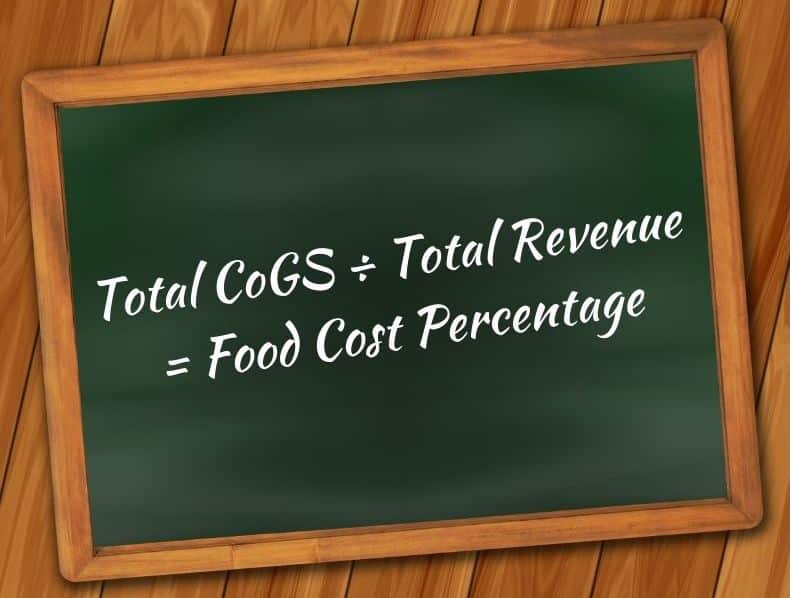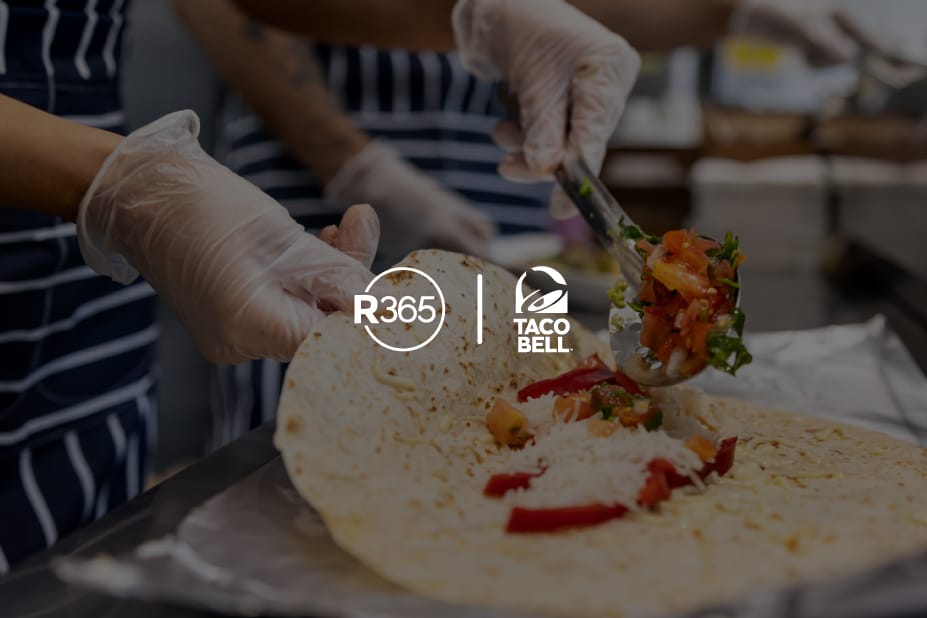There are many restaurant data points that can help you see beyond the buzz of the day-to-day of a restaurant and get a glimpse at the health of your business. Having access to data about your restaurant can inform your decisions about operations, staffing, menu changes, and long-term strategy.
Below are some of the most common restaurant metrics to track, including the context of the calculation, the calculation itself, and hypothetical dollar examples.
Even if you use restaurant management software to automatically pull much of this restaurant data, understanding the calculations behind your operational restaurant reporting can help you place these numbers in context. Let’s dive in.
How to calculate total labor cost
Your total restaurant labor cost covers everything that you spend on labor. Typically, your total labor cost accounts for “fully burdened labor”, which includes your hourly and salaried wages, payroll taxes, benefits like health insurance or vacation days, bonuses, overtime, and more.
For any specific period, you can calculate your total labor cost with the following formula:
Employee Wages + Payroll Taxes + Benefits + Insurance = Total Labor Cost
For our hypothetical example, suppose that your restaurant has a total labor cost of $10,000 for a specific period.
How to calculate labor cost as a percentage of sales
Your total labor cost will change over time as sales levels fluctuate. A low labor cost, with a low sales volume, might not add as much to your bottom line as a medium-high labor cost with a very high level of sales. For this reason, only looking at the total dollar amount of labor won’t give you the full picture of your labor costs.
Examining your labor cost as a percentage of sales can better show how your labor hours are matching customer demand (your sales). Use the following formula:
Total Labor Cost / Total Sales = Labor cost as a percentage of sales
Using the $10,000 labor cost example above, this would be:
Total Labor Cost ($10,000) / Total Sales ($30,000 = Labor cost as a percentage of sales (30%)
Labor cost as a percentage of sales allows you to see how much you are currently spending on labor to produce revenue for your restaurant. It’s a beneficial restaurant metric to track over time, especially since it can and you may want to consider making it a part of your restaurant reports that you regularly review.
How to calculate sales per labor hour (SPLH)
Your sales per labor hour (SPLH) is a key metric for tracking productivity of your staff. To calculate your average SPLH, use this formula:
Total Revenue / Total Labor Hours = Sales Per Labor Hour
Again, using the labor and revenue numbers from above, this would look like:
Total Revenue ($30,000) / Total Labor Hours (665 hours) = Sales Per Labor Hour ($45/hour)
However, if you’d like a more granular look at your SPLH by daypart, you can use your restaurant management software to automate pulling up-to-date sales and labor information. These tools can calculate how SPLH changes hour by hour.
Setting sales per labor hour goals can help you optimize how you’re allocating your labor spend. By tracking labor costs and sales on an hourly basis, you can examine which service times are extremely productive and which can use some improving.
How to calculate CoGS
Your Cost of Goods Sold (CoGS)—also known as your food cost—represents the total cost of all food and beverage ingredients that you used in your restaurant over a certain period. CoGS covers all the ingredient costs related to your sales, but it doesn’t include types of one-time, non-inventory costs, such as equipment repairs or new dining room decor.
An accurate CoGS relies on up-to-date numbers from your inventory management system. You can calculate it with this formula:
Starting Inventory + Additional Purchases – Ending Inventory = COGS
In dollars and cents, this would look like:
Starting Inventory ($15,000) + Purchases ($5,000) – Ending Inventory ($10,000) = COGS ($10,000)
How to calculate food cost as a percentage of sales
Similar to how you can view your labor cost as a percentage of sales, it can be beneficial to calculate your food cost as a percentage of sales. With this number in mind, even as sales fluctuate, you can compare your CoGS percentage performance over time.
To calculate, try the following formula:
Total CoGS / Total revenue = Food cost percentage
Using our CoGS example above, food cost as a percentage of sales would be:
Total CoGS ($10,000) / Total revenue ($30,000) = Food cost percentage (30%)
How to calculate prime cost
If you know your food cost and your labor cost, you can calculate one of the key restaurant metrics: your prime cost.
Your prime cost represents the ingredients and labor that you use to produce your sales. It also covers the two major costs for your restaurant that are under your control.
You can calculate your prime cost using the following formula:
Total Cost of Goods Sold + Total Labor Costs = Prime Cost
Using the CoGS and labor examples above, your prime cost numbers would be calculated would look like this:
Total Cost of Goods Sold ($10,000) + Total Labor Costs ($10,000) = Prime Cost ($20,000)
How to calculate prime cost as a percentage of sales
To understand the context of your prime cost, you can compare your prime cost for a certain period to your sales for the same period. It looks like this:
Prime Cost / Total Sales = Prime Cost as a Percentage of Sales
Continuing with the same examples from above, the formula would be:
Prime Cost ($20,000) / Total Sales ($30,000) = Prime Cost as a Percentage of Sales (66%)
Most restaurants lie within the prime cost percentage range of 55-65%. The exact percentage will depend on several factors, like your service style, restaurant type, or geographic location.
How to calculate gross profit
To examine your profitability, you can start with your gross profit. This represents what is left for your restaurant after subtracting the food cost of making a dish. It can be calculated with the following formula:
Total Sales – CoGS = Gross Profit
You can also express gross profit as a percentage, by dividing by total sales.
For example:
Total Sales ($30,000) – CoGS ($10,000) = Gross Profit ($20,000)
However, while this can showcase how efficient your CoGS is, this profit number doesn’t account for other large operating expenses, like your labor, rent, and insurance. Looking at your net profit can provide you with the bigger picture.
How to calculate net profit
Your net profit covers your restaurant profitability after your food cost, as well as your labor, rent, and other expenses. To get accurate expenses and revenue numbers, pull restaurant data from your POS and restaurant accounting software.
Net profit can be calculated through:
Total Sales – Total Expenses = Net Profit
Here is an example of net profit, considering $30,000 in total sales and $28,000 in total expenses for a given period:
Total Sales ($30,000) – Total Expenses ($28,000) = Net Profit ($2,000)
How to calculate profit margin
Your profit margin calculation draws from your net profit numbers, examining net profit as a percentage of sales. Profit margin is a critical number to track over time, because it ultimately represents the financial health of your business. You can calculate profit margin with the following formula:
(Net Profit / Total Revenue) x 100 = Net Profit Margin
In numbers, profit margin would look like this:
x 100 = Net Profit Margin (6.7%)
Your profit margin is based on your revenue (sales levels), plus your costs (your expenses). Optimizing both your sales and your costs is critical to long-term profitability.
How to calculate break-even point
Your break-even point represents how much sales you need so that you can cover your expenses and make a profit. It’s critical to know at what point you don’t lose money and “break even,” because it informs operational plans, staffing decisions, and cash flow strategies.
Calculating your break-even point requires a thorough understanding of your expenses and sales. If you use restaurant accounting software that’s integrated with your point of sale (POS) system, many of these numbers can be automatically pulled from your accounting and sales records.
If you have access to your restaurant data, it is possible to calculate your break-even point by hand, although it requires many of the same numbers. There are two common formulas for calculating your break-even point:
Total Fixed Costs ÷ (Average Revenue Per Guest – Variable Cost Per Guest) = Break-Even Point
Total Fixed Costs ÷ (Total Sales – Total Variable Costs ÷ Total Sales) = Break-Even Point
However, if you are able to pull these numbers from your restaurant management software, you can also use Restaurant365’s free calculator tool to calculate your break-even point.
Conclusion
Understanding how to calculate crucial restaurant data can empower restaurant owners, operators, and managers to make data-driven decisions in accounting and operations. When you have the tools to make these calculations, fueled by accurate and timely data, you can be confident in setting priorities and creating strategy for long-term business success.
If you would like to easily track data and gain insight into your restaurant data to increase efficiency and boost profits, consider a comprehensive, restaurant-specific management solution. Restaurant365 is an all-in-one restaurant management system incorporating reporting tools, restaurant accounting software, restaurant operations software, inventory management software, payroll + HR software, and scheduling software into a cloud-based platform that’s fully integrated with your POS system, as well as to your food and beverage vendors, and bank.



